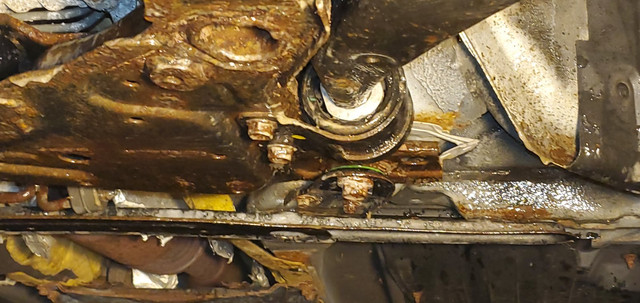- :
- Canada
Ok guys, back on track - this thread concerns the potential purchase of a 2021 CX-5.
Regarding paint thickness, Mazda has stated the following in this article:
I encourage you to read the rest of that article to see what each of the 4 layers of paint are designed for.
Regarding the folding mirrors, note that there is a very detailed TSB available for this issue, but it is applicable only to 2019 CX-5s produced before June 11, 2019 (and 2019 CX-9s produced before August 28, 2019). Mazda states that the problem is due to insufficient water tightness that allows water to get into the electric motor, resulting in corrosion damage, but according to some users here, it seems that even after replacing the motors and sealing the mirrors properly, the issue remains.
One user reported that each mirror replacement by the dealer would cost approximately $741 USD. That cost includes Mazda's dealership labour rate, plus the MSRP cost of all parts that need to be replaced (which, to my understanding, is the electric fold-in unit/motor).
With the detailed instructions provided in the TSB linked above, a handy do-it-yourselfer would just need to source the fold-in motor replacements in order to do this repair themselves. Another user (@cz5gt) found these replacement fold-in mirror motors for $55 USD each on Aliexpress (link here). So even if you're out of warranty, there is a fairly low cost solution available. You can also just order the electric motors and have a reputable independent shop deal with the install - that would be cheaper than having Mazda do the repair as all dealership labour rates are much higher than independent shop labour rates.
I don't know if the auto-folding mirror problem has been reported on any 2020 models yet. Anyone else know? I assume that if the issue is still prevalent on 2020 models, they will simply update the existing TSB to include 2020 models.
Regarding paint thickness, Mazda has stated the following in this article:
Mazda Soul Red body paint is only 0.08 millimetres thick. That translates to a thickness of just 1 photocopying paper.
I encourage you to read the rest of that article to see what each of the 4 layers of paint are designed for.
Regarding the folding mirrors, note that there is a very detailed TSB available for this issue, but it is applicable only to 2019 CX-5s produced before June 11, 2019 (and 2019 CX-9s produced before August 28, 2019). Mazda states that the problem is due to insufficient water tightness that allows water to get into the electric motor, resulting in corrosion damage, but according to some users here, it seems that even after replacing the motors and sealing the mirrors properly, the issue remains.
One user reported that each mirror replacement by the dealer would cost approximately $741 USD. That cost includes Mazda's dealership labour rate, plus the MSRP cost of all parts that need to be replaced (which, to my understanding, is the electric fold-in unit/motor).
With the detailed instructions provided in the TSB linked above, a handy do-it-yourselfer would just need to source the fold-in motor replacements in order to do this repair themselves. Another user (@cz5gt) found these replacement fold-in mirror motors for $55 USD each on Aliexpress (link here). So even if you're out of warranty, there is a fairly low cost solution available. You can also just order the electric motors and have a reputable independent shop deal with the install - that would be cheaper than having Mazda do the repair as all dealership labour rates are much higher than independent shop labour rates.
I don't know if the auto-folding mirror problem has been reported on any 2020 models yet. Anyone else know? I assume that if the issue is still prevalent on 2020 models, they will simply update the existing TSB to include 2020 models.

